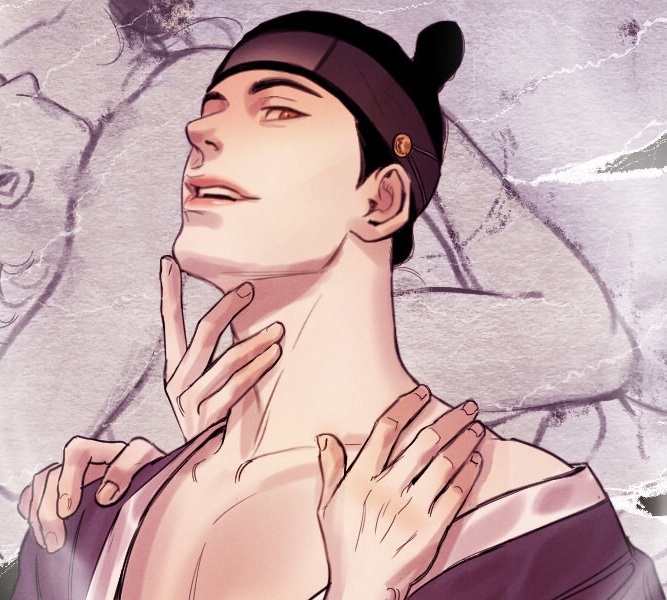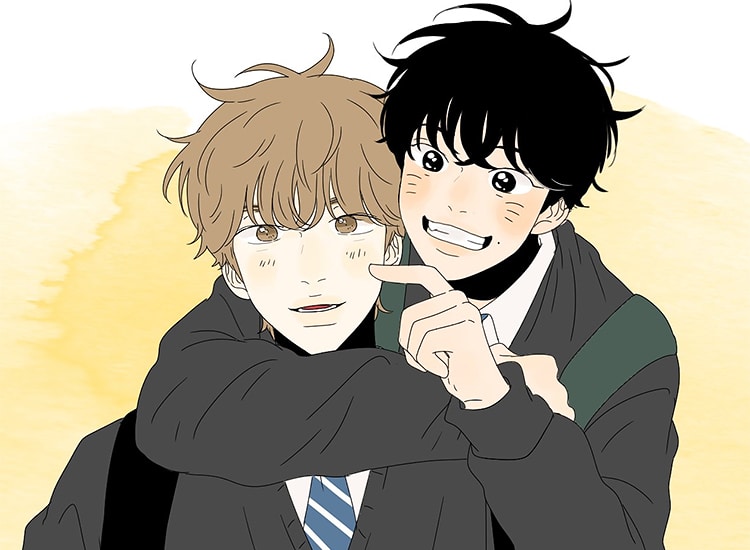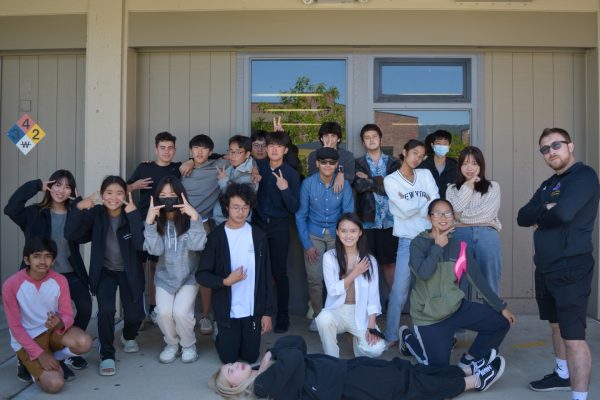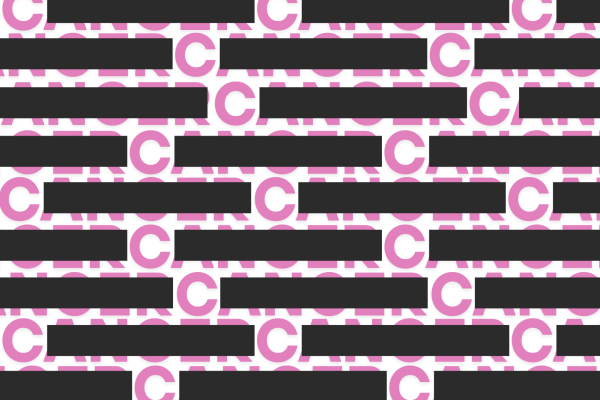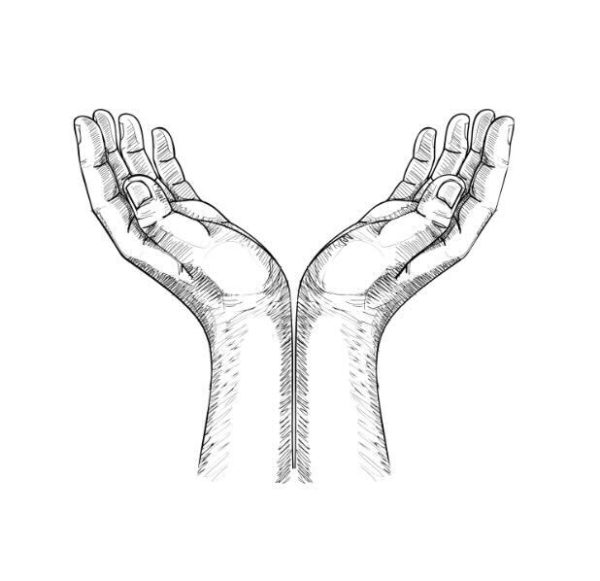Overstepping the boundary
Examining the implications of the BL industry with regards to the LGBTQ+ community
Photo courtesy of Lezhin Entertainment, LLC
The cover image of BL manhwa “Painter of the Night” by Byeonduck
This article discusses sensitive topics, such as sexual assault.
In June of 2019, the introductory episode of comic artist Byeonduck’s new work was published. Immediately, this new manhwa (Korean comic) called “Painter of the Night” blew up on the internet, capturing fans’ interest with its unique synopsis.
“Painter of the Night” takes place in historical Korea and features the painter Nakyum, who is forced to work for the young Lord Seungho. While living in Seungho’s quarters, Nakyum must paint or face dire consequences — including abuse and eventually, sexual assault.

Despite the abusive nature of Nakyum and Seungho’s relationship, not many fans spoke out against the latter’s behavior and several even condoned it. For example, user Kimmkimm commented on a discussion thread, stating, “We don’t support rape, but this rape is acceptable… [I’m] kidding.” This comment excusing dangerous actions such as sexual assault embodies a sentiment expressed by many fans, not just of “Painter of the Night,” but of the genre labeled Boys’ Love (BL) too.
Boys’ Love and yaoi are terms used to refer to East Asian artwork and literary pieces that portray romantic relationships between men. Over the years, the industry has garnered increasing interest and continues to grow. With the popularization of BL, issues emerge from the concept of a genre that specifically portrays gay relationships — the most striking issue being the inherent sexualization of LGBTQ+ people and the underlying, often harmful messages delivered through these stories.
According to an article by Savvy Tokyo, the BL genre arose in the late 1970s, when women often did not have outlets for sexual expression. In the context of manga (Japanese comics) and manhwa, most depicted heterosexual relationships were targeted at a male audience, generally portraying female leads as mindless and solely sexual objects. On the other hand, if a woman were to read content that featured women-women relationships, she would be labeled as lesbian. Reading and creating content of male-male relationships provided an alternative and therefore, a desired outlet for women. Thus began the creation of the Boys’ Love genre.
While the BL industry gives heterosexual women more freedom to express themselves, it has promoted generalizations of members of the LGBTQ+ community through widespread terms used by its audience. “Seme” and “uke,” or “top” and “bottom,” are two such phrases used by readers to refer to a character’s sexual preference.
Labelling characters as seme and uke is dangerous — it perpetuates stereotypes about male-loves-male (MLM) relationships. By painting the “seme” as masculine and dominant and the “uke” as feminine and submissive, it portrays a pseudo-heterosexual relationship, failing to address the variety of dynamics present within same-sex relationships. This inclination to fabricate a heterosexual relationship alludes to society’s misogynistic and heteronormative mindset, implying that women must always taken on a more submissive role.
By treating the words “seme” and “uke” like an all-encompassing personality trait, the consumers of BL also objectify LGBTQ+ people. The reference of a person by their sexual preferences is highly degrading, and characterizing gay people as “seme” or “uke” disregards the complex nature of their personality, instead fetishizing them.
The BL industry’s inherent sexualization of gay characters impacts members of the LGBTQ+ community as well. BL is especially prevalent in East Asia, where homosexual relationships are typically taboo. A medium that only depicts gay men engaged in sexual acts results in the objectification and fetishization of people in same-sex relationships. It undermines their struggles in real life and reduces them to nothing more than objects used for sexual pleasure.
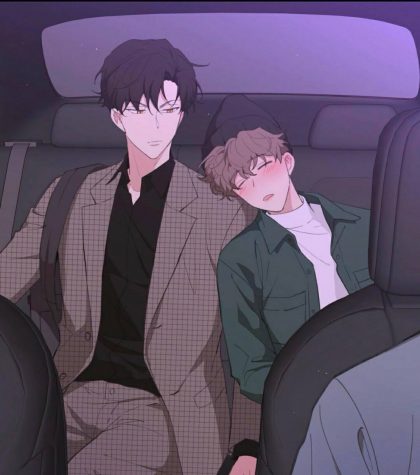
Another prevalent issue with BL comics is the recurrence of harmful themes. Many popular yaoi stories, such as “Yours to Claim,” feature topics such as sexual assault without providing substantial commentary on the gravity of these issues.
In “Yours to Claim,” while there aren’t explicit instances of rape, there are many occurences of sexual coercion. The embedding of such harmful behavior throughout the comic, paired with the astonishing lack of disclaimers in episodes featuring sexual assault, presents several issues. The absence of trigger warnings can harm readers who feel uncomfortable with these topics. It also normalizes sexual assault, potentially leading younger audiences, who may not be well-educated on the topic, to believe that such behavior is acceptable.
Although it is valid to discuss such themes, what makes it problematic is the fetishization and normalization of these topics. Sexual assault is a vastly popular theme in BL, and consuming media that romanticizes scenes like these and disregards the importance of consent can be dangerous — if readers fail to distinguish between fiction and reality, it may potentially lead to these actions being condoned in real life.
There are valid arguments on the benefits of the BL genre, such as the fact that it provides representation of the LGBTQ+ community. BL helps normalize gay relationships in a society where they are considered taboo and may also assist people with the exploration of their sexuality.
However, while BL may provide representation, it also includes inaccurate portrayals of same-sex relationships, which are already underrepresented in mainstream media. Although BL isn’t necessarily meant to show realistic MLM relationships, people who consume this content may not have any other exposure to the gay community. This leads to them believing in the single-faceted nature of gay people amongst other false generalizations, which ultimately does more harm than good.
It is especially important for the target demographic of BL — teenage girls — to be wary of the implications of consuming this content. People in this age group tend to be more impressionable and therefore young readers should keep in mind that that sexual assault and abuse are never okay. It is also beneficial to have exposure to a variety of LGBTQ+ content, as well as consume all content critically, so that stereotypes don’t manifest into internal biases about a specific group of people.
BL fans do not necessarily have to stop reading altogether. There are many BL works, such as shounen ai mangas and manhwas, that depict healthy relationships and have fascinating storylines. Since shounen ai works focus on the romantic aspects of a relationship rather than the sexual, there is more room for the exploration of emotions and the portrayal of realistic relationship development. On top of that, these comics often address pertinent societal issues, such as homophobia and its effects on LGBTQ+ people.
BL serves as a microcosm of society’s tendency to objectify, sexualize and fetishize gay people. Instead, it is important that we represent and consume content that better represents LGBTQ+ people as the unique individuals with multifaceted interests that transcend beyond just sexual preferences.





